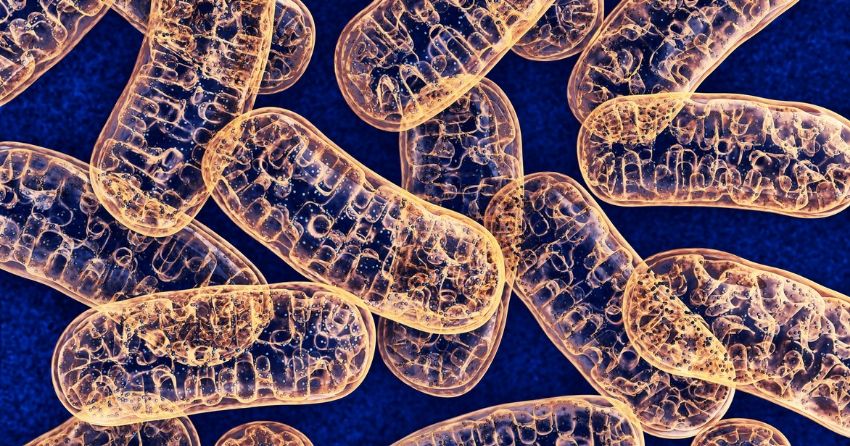Newly Discovered Protein Recycles Aging Mitochondria

-
The protein P17/PERMIT plays a role in recycling aging or dysfunctional mitochondria, which can lead to aging-related diseases like cancer or Alzheimer's disease.
-
Aging mitochondria become leaky, which leads to the development of reactive oxygen species.
-
Ceramide is a molecule that triggers mitophagy, the digestion of old mitochondria.
-
The PERMIT protein brings the enzyme that produces ceramide into the mitochondria, thus reducing cellular buildup.
This article was published on EurekAlert.org
Aging, and the mechanics behind it, remains one of the most closely guarded secrets of life.
As we age, our cells begin to show signs of stress, and specific pathways are activated to recycle and repair their machinery.
A team of investigators at the Medical University of South Carolina (MUSC) has recently characterized a novel player in these pathways, a protein that they have dubbed P17/PERMIT.
The team was led by Besim Ogretmen, Ph.D., SmartState Endowed Chair in Lipidomics and Drug Discovery at MUSC and co-leader of the Developmental Cancer Therapeutics Research Program at Hollings Cancer Center. The team reports its findings in the September 2019 issue of Science Advances.
This finding could provide critical insights into age-related diseases such as cancer and Alzheimer's, conditions in which mitochondrial function is aberrant.
Mitochondria function as the engines of our bodies, using the oxygen we breathe to burn the fuel we consume. As mitochondria age, they become prone to leaking the energy they work to generate. This energy supercharges the oxygen in our cells, leading to highly reactive radical oxygens, which our body attempts to purge with antioxidants.
Leaky mitochondria are bad news for the cell. So ceramide, a molecule that is produced in response to cell stress and damage, sends a signal to trigger digestion of the old mitochondria. This process is known as "mitophagy." When there's too much damage for the cell to repair normally, ceramide can instead signal the cells to undergo a form of controlled cell death.
What makes PERMIT exciting is the role it serves in the beginning steps of mitochondrial regulation. In response to stress, the cell begins to make the enzyme responsible for producing ceramide. PERMIT associates with the newly made enzyme and drags it to the mitochondria. The enzyme, known as CerS1, can then mass-produce ceramide at the precise location needed for mitochondrial regulation.
"It's very exciting that we were able to discover and characterize PERMIT," said Natalia Oleinik, Ph.D., the scientist on Ogretmen's team responsible for discovering CerS1. "By inducing cell stress and monitoring the various proteins that bind CerS1, we were able to show that PERMIT was the protein responsible for bringing CerS1 to the mitochondria."
By understanding how the cell responds to stress, and how the proteins that control stress are used, the MUSC team is another step closer to understanding debilitating conditions that result from the buildup of defective mitochondria.
Cancer cells can become reliant on defective mitochondria to fuel their growth and progression, ignoring the normal signals that would force them to self-destruct.
Meanwhile, the misfolded proteins that accumulate and contribute to Alzheimer's pathology may have their start with improper clearance of damaged mitochondria.
In unravelling the secrets of mitochondrial maintenance, the team at MUSC hopes to one day develop a therapeutic that would mimic the signals the ceramides provide, allowing proper clearance of the damaged mitochondria.
"We're trying to understand the connection between cancer and Alzheimer's, and this protein might be the link," said Ogretmen in regard to PERMIT. "Our idea here is that, without changing PERMIT, we can generate ceramides in the mitochondria with targeted therapeutics. That would be best for both diseases, as it would help treat cancers and help resolve issues related to Alzheimer's."
The study was published in Science Advances in September 2019.





